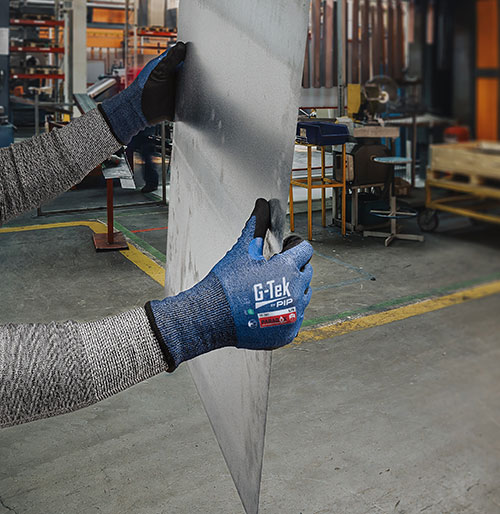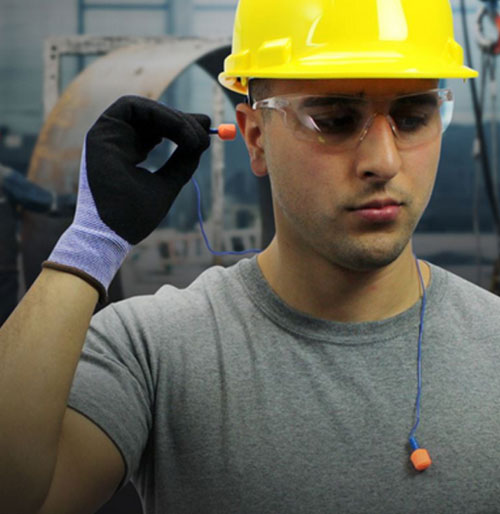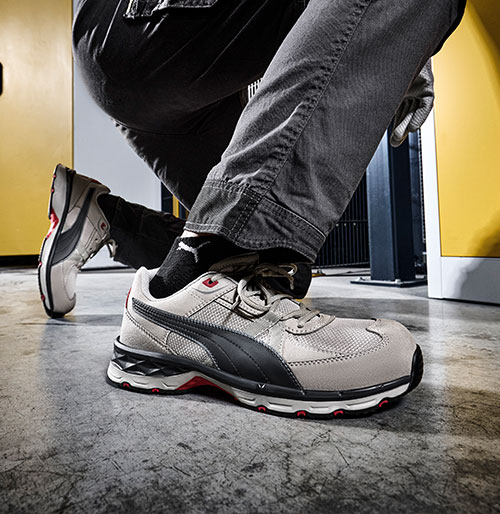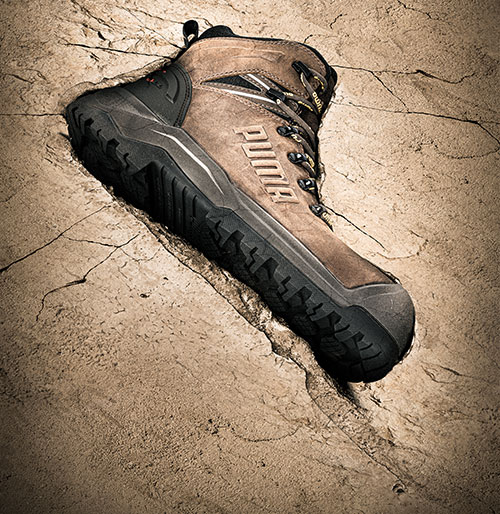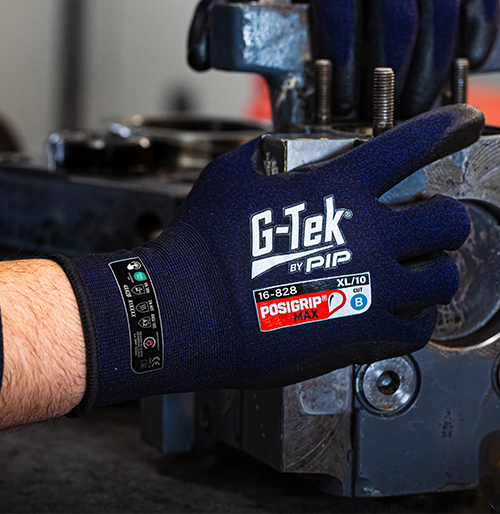WHAT IS RESPIRABLE CRYSTALLINE SILICA?
Crystalline silica, is a common mineral found in many naturally occurring and man-made materials used at construction sites. Materials like sand, concrete, brick, block, stone and mortar contain crystalline silica.*
Respirable crystalline silica are very small particles typically at least
100 times smaller than ordinary sand found on beaches or playgrounds. Crystalline silica is generated by high-energy operations like cutting, sawing, grinding, drilling and crushing stone, rock, concrete, brick, block and mortar, or when abrasive blasting with sand. Inhaling crystalline silica particles has been shown to create an increased risk of developing serious illnesses or diseases such as lung cancer, silicosis, and chronic obstructive pulmonary disorder.** Each exposure to silica adds to
the lung damage.
WHAT IS SILICOSIS?
Silicosis is a disabling, and sometimes fatal lung disease. When a worker inhales crystalline silica, the lungs react by developing hard nodules and scarring around the trapped silica particles. If the nodules become too large, breathing becomes difficult and death can result. There is no cure for this disease.
* Amorphous silica, such as silica gel, is not crystalline silica.
** For more information please refer to 29 CFR 1926.1153, Appendix B
(Medical Surveillance Guidelines) and the Occupational Exposure to Respirable
Crystalline Silica Final Rule, 81 Fed. Reg. 16286 (Mar. 25, 2016)

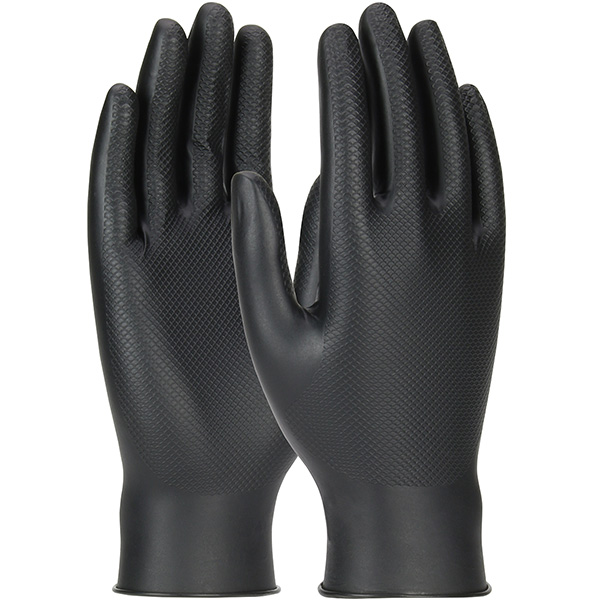 Guantes desechables de uso prolongadoGrippaz™ Skins67-246
Guantes desechables de uso prolongadoGrippaz™ Skins67-246
 Guantes de alto rendimientoG-Tek® PolyKor®16-MPT630
Guantes de alto rendimientoG-Tek® PolyKor®16-MPT630
 Refrigeración por evaporaciónEZ-Cool® Max396-EZ900
Refrigeración por evaporaciónEZ-Cool® Max396-EZ900
 Guantes de protección contra cortesG-Tek® PolyKor®16-560
Guantes de protección contra cortesG-Tek® PolyKor®16-560
 Guantes de protección contra cortesG-Tek® Paradox™16-541
Guantes de protección contra cortesG-Tek® Paradox™16-541
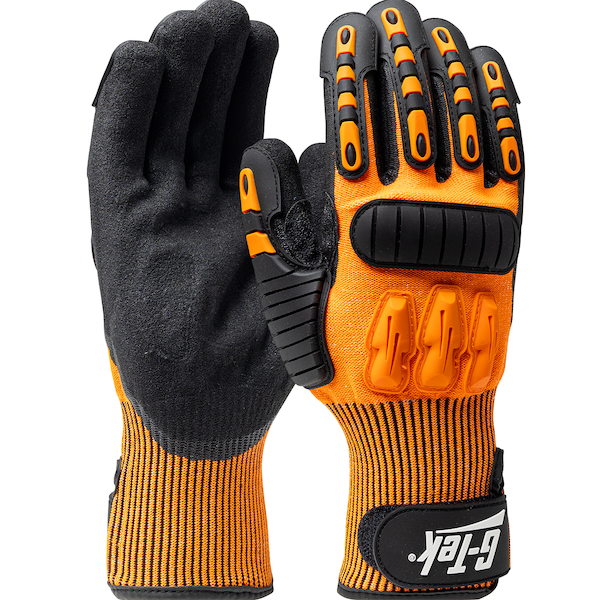 Guantes de alto rendimientoG-Tek®120-5150
Guantes de alto rendimientoG-Tek®120-5150
 Guantes de protección frente al fríoG-Tek® PolyKor®41-1417
Guantes de protección frente al fríoG-Tek® PolyKor®41-1417
 Guantes de protección frente al fríoG-Tek® PolyKor®41-1415
Guantes de protección frente al fríoG-Tek® PolyKor®41-1415
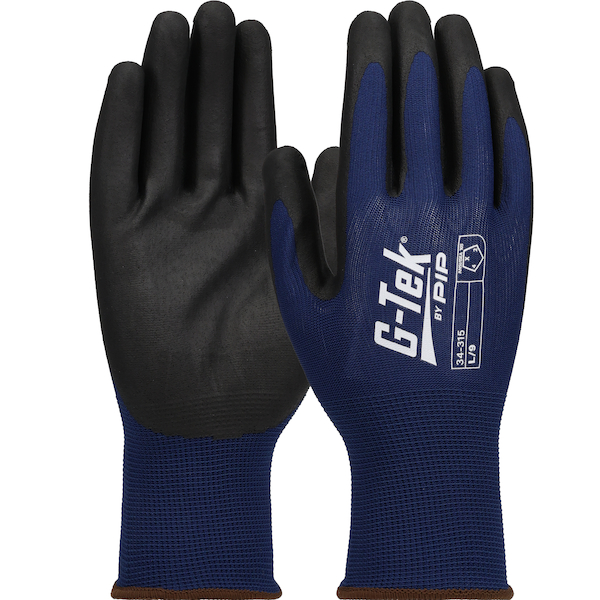 Guantes para uso general recubiertosG-Tek®34-315
Guantes para uso general recubiertosG-Tek®34-315
 Ropa calentadaBoss®300-HV100
Ropa calentadaBoss®300-HV100
 Guantes de protección contra cortesG-Tek® Paradox™16-351
Guantes de protección contra cortesG-Tek® Paradox™16-351
 Guantes resistentes a químicosAssurance®56-586CR
Guantes resistentes a químicosAssurance®56-586CR



















